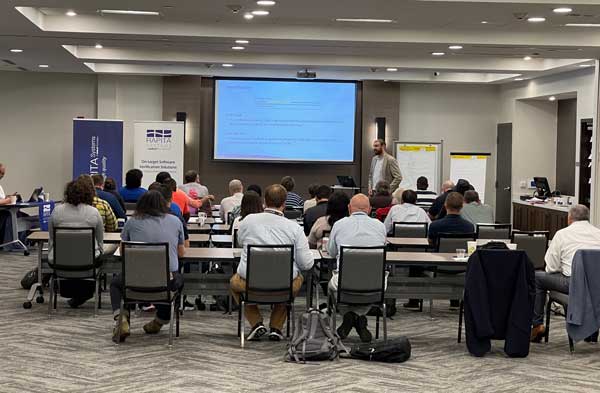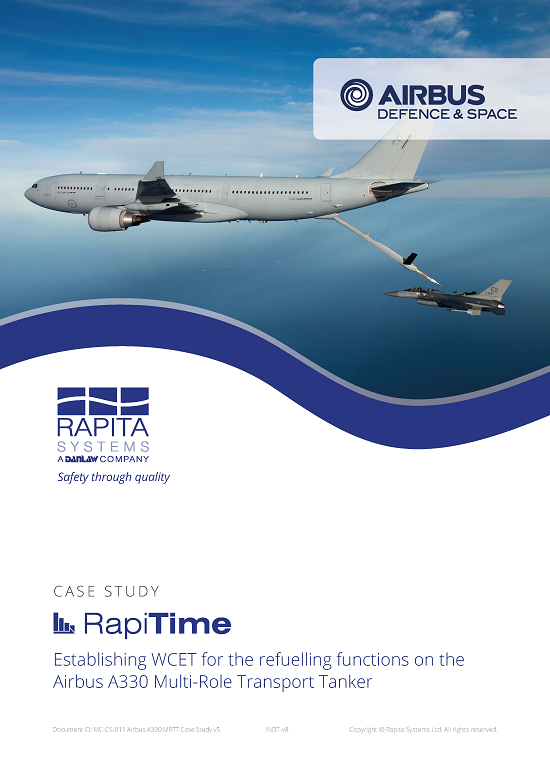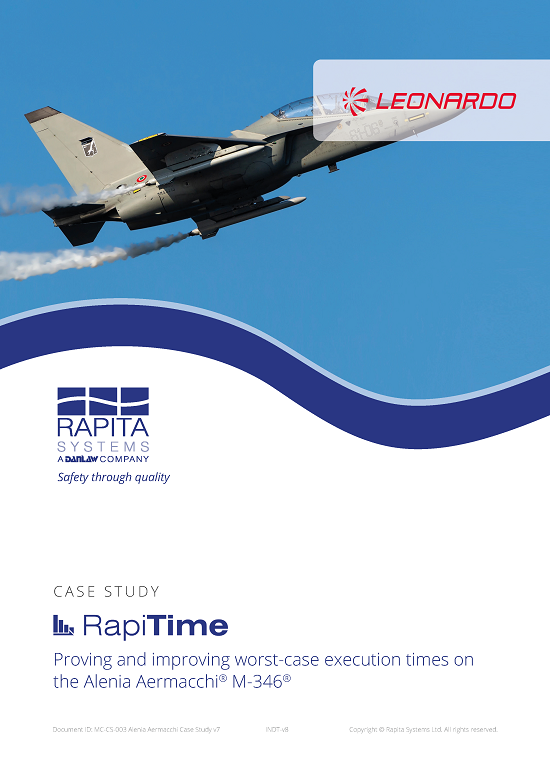From the flight control unit to display and power systems, software can be found almost everywhere in military aircraft.
Failure of onboard mission and safety-critical software could have far-reaching repercussions. To ensure the safety of pilots, passengers, and aircraft, software applications for military aviation must be tested to ensure that they operate correctly. This testing is often done to standards like MIL-HDBK-516C, AMACC, EMACC, ADSM, FACE, Def Stan 00-55 and Def Stan 00-56. Some defense applications use the FAA’s DO-178C guidance, or parts of it, to demonstrate airworthiness.
Verification requirements for flight software
Software verification is crucial to demonstrate that safety-critical and mission-critical flight software meets its functional and nonfunctional requirements. A range of activities support meeting verification requirements for flight software, including the following.
Military & Defense software needs to be tested to verify that it functions correctly. To meet airworthiness requirements such as AMACC and MIL-HDBK-516C, tests should be based on high and low-level software requirements.
Structural coverage analysis (code coverage analysis) for military & defense software ensures that requirements-based testing has sufficiently tested the code structure. Structural coverage analysis is required to meet airworthiness requirements such as AMACC and MIL-HDBK-516C, and the required level of coverage often depends on the criticality of the software being verified.
Data Coupling and Control Coupling coverage analysis for military & defense software demonstrates that software data flows and control flows have been exercised during requirements-based testing. This analysis is required for some military & defense airworthiness standards such as AMACC.
Safety-critical military & defense software must operate within timing deadlines. Timing analysis, including worst-case execution time analysis, is required to meet verification objectives in standards such as AMACC and MIL-HDBK-516C.
Multicore processing for real time software makes systems less deterministic, as program behavior can be influenced by interference from software running on different processors. The use of multicore processing for military & defense software applications adds additional airworthiness requirements, such as the AA-22-01 amendment to MIL-HDBK-516C.
“RapiCover’s low overheads and advanced features enabled our team to significantly reduce the time and effort required for our structural coverage analysis. Rapita’s support team also demonstrated a genuine determination to support us when required, and we are delighted with our overall experience with Rapita as a verification partner.”
Steve Baker
Director
MBE Systems

 Rapita System Announces New Distribution Partnership with COONTEC
Rapita System Announces New Distribution Partnership with COONTEC
 Rapita partners with Asterios Technologies to deliver solutions in multicore certification
Rapita partners with Asterios Technologies to deliver solutions in multicore certification
 SAIF Autonomy to use RVS to verify their groundbreaking AI platform
SAIF Autonomy to use RVS to verify their groundbreaking AI platform
 What does AMACC Rev B mean for multicore certification?
What does AMACC Rev B mean for multicore certification?
 How emulation can reduce avionics verification costs: Sim68020
How emulation can reduce avionics verification costs: Sim68020
 Multicore timing analysis: to instrument or not to instrument
Multicore timing analysis: to instrument or not to instrument
 How to certify multicore processors - what is everyone asking?
How to certify multicore processors - what is everyone asking?
 Certifying Unmanned Aircraft Systems
Certifying Unmanned Aircraft Systems
 DO-278A Guidance: Introduction to RTCA DO-278 approval
DO-278A Guidance: Introduction to RTCA DO-278 approval
 ISO 26262
ISO 26262
 Data Coupling & Control Coupling
Data Coupling & Control Coupling
 DASC 2025
DASC 2025
 DO-178C Multicore In-person Training (Fort Worth, TX)
DO-178C Multicore In-person Training (Fort Worth, TX)
 DO-178C Multicore In-person Training (Toulouse)
DO-178C Multicore In-person Training (Toulouse)
 HISC 2025
HISC 2025
























